Asian Art Chapter 1
1/21
There's no tags or description
Looks like no tags are added yet.
Name | Mastery | Learn | Test | Matching | Spaced |
|---|
No study sessions yet.
22 Terms
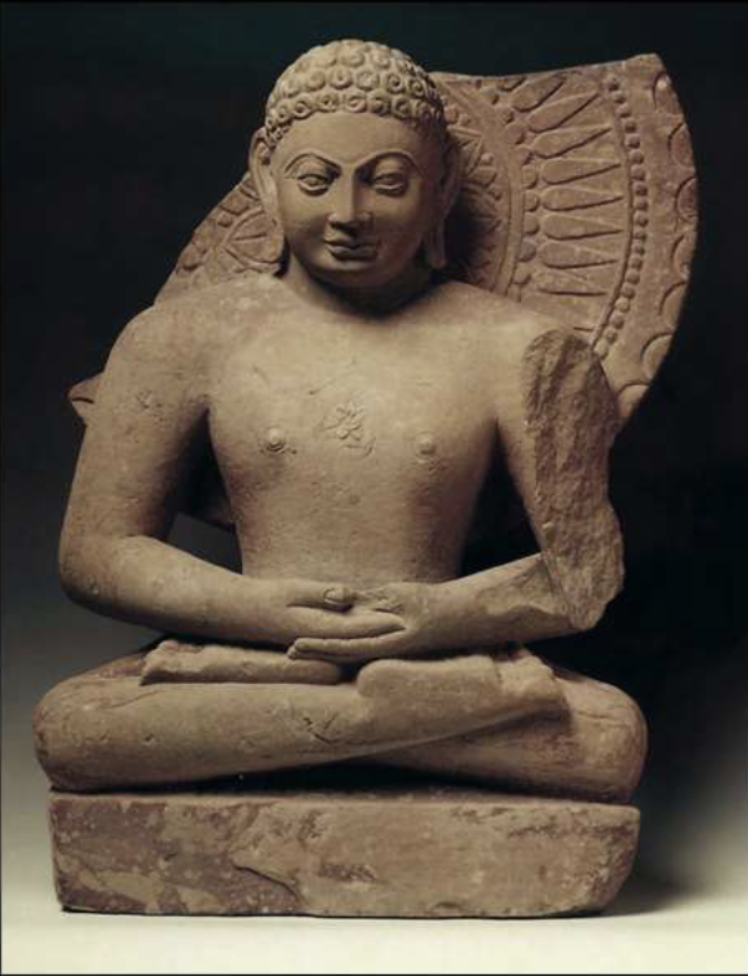
Jina, 2nd-3rd Century CE, Mathura, Sandstone
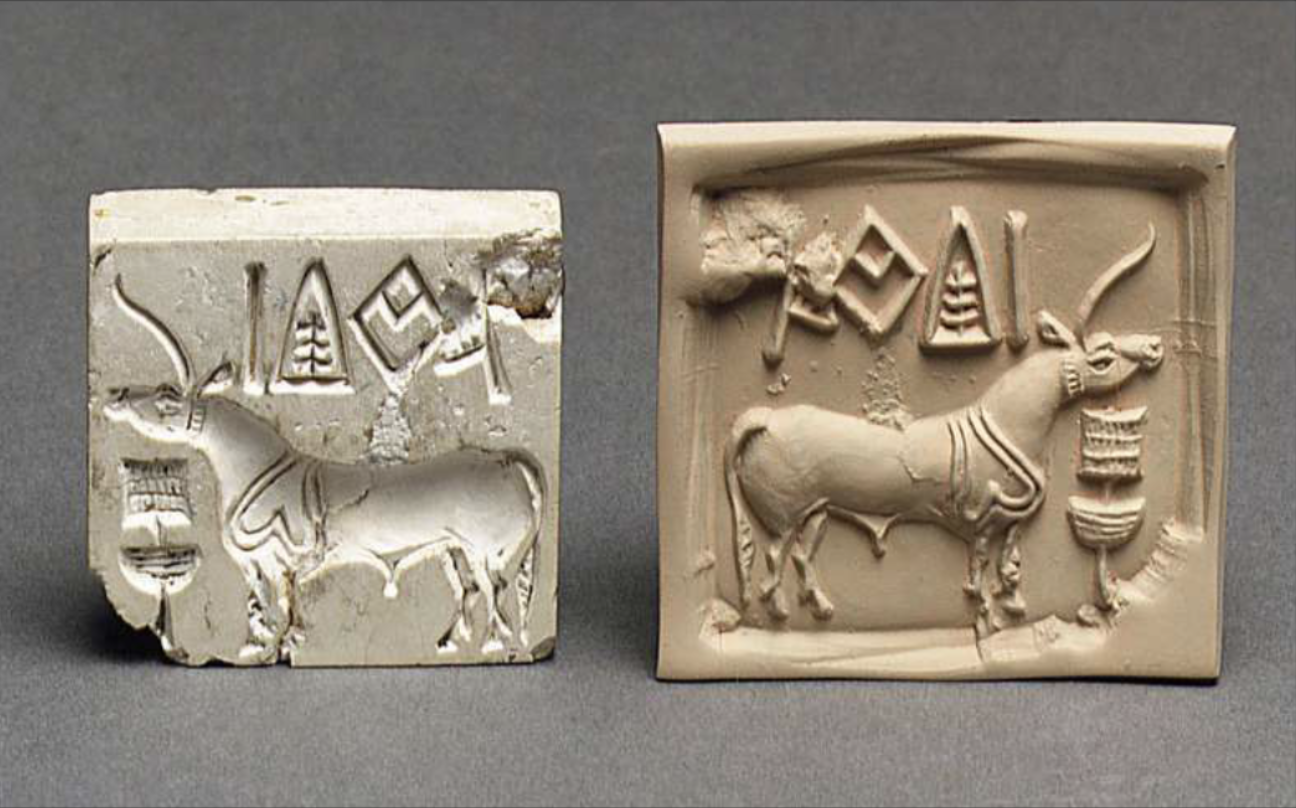
Ritual Offering Stand, 2600-1900 BCE, Burned steatite
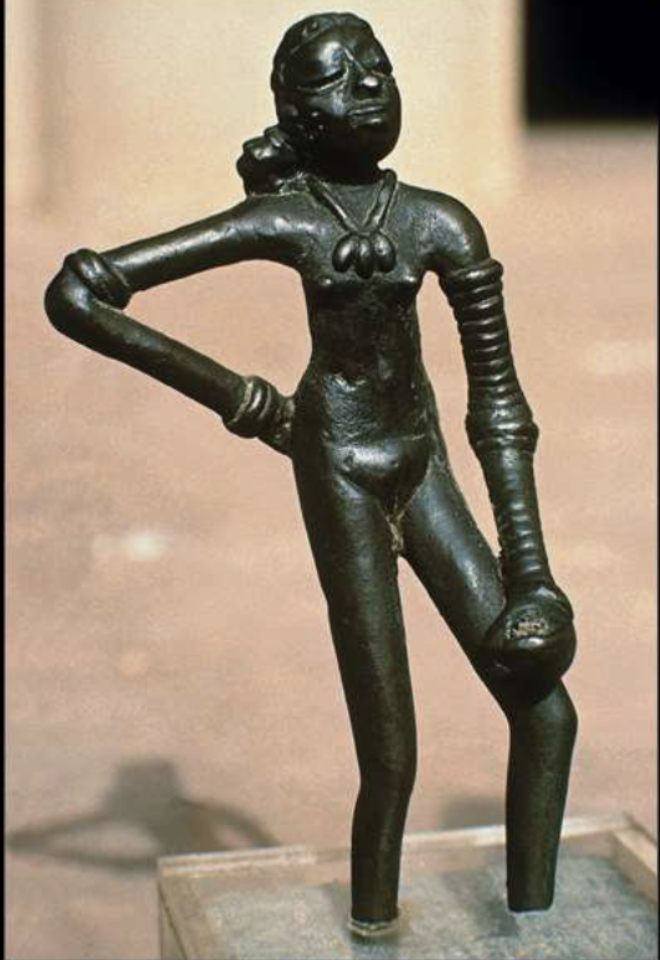
Figurine of a Dancing Girl, 2500 BCE, Bronze
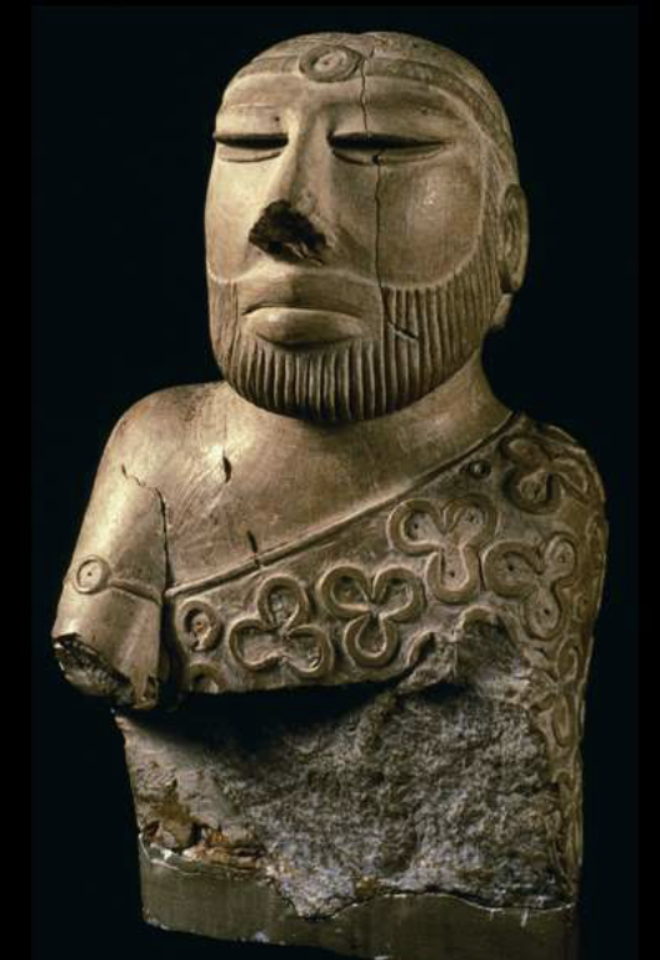
Torso of a Priest King, 2600-1900 BCE, white low fired steatite
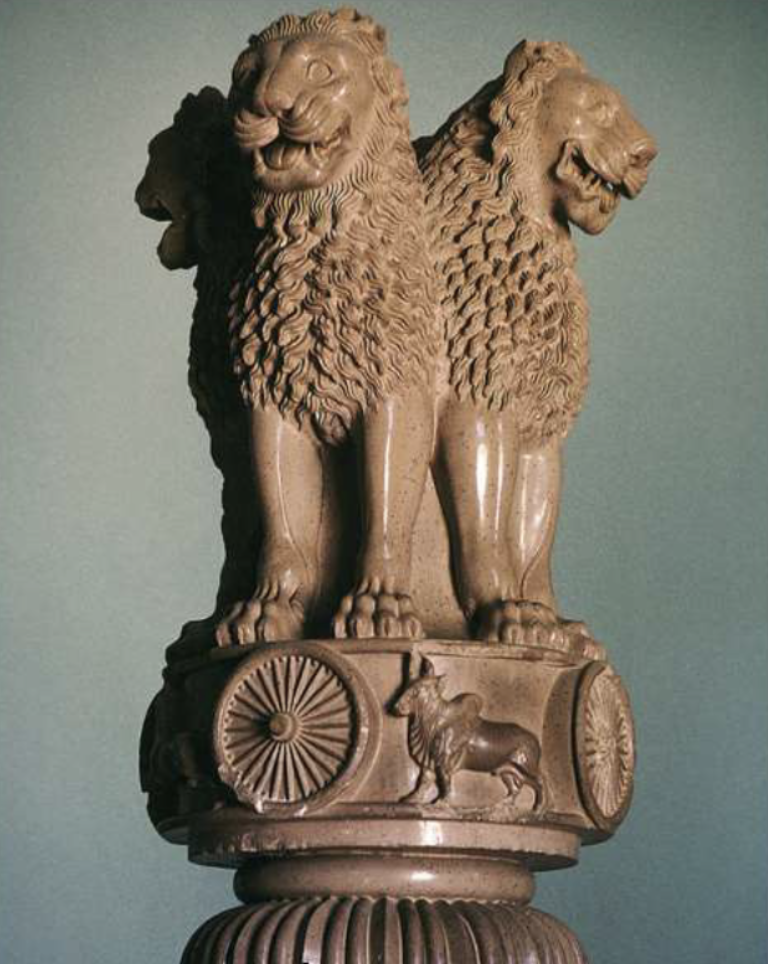
Lion Capital from an Ashoka Column, 250 BCE, Sandstone
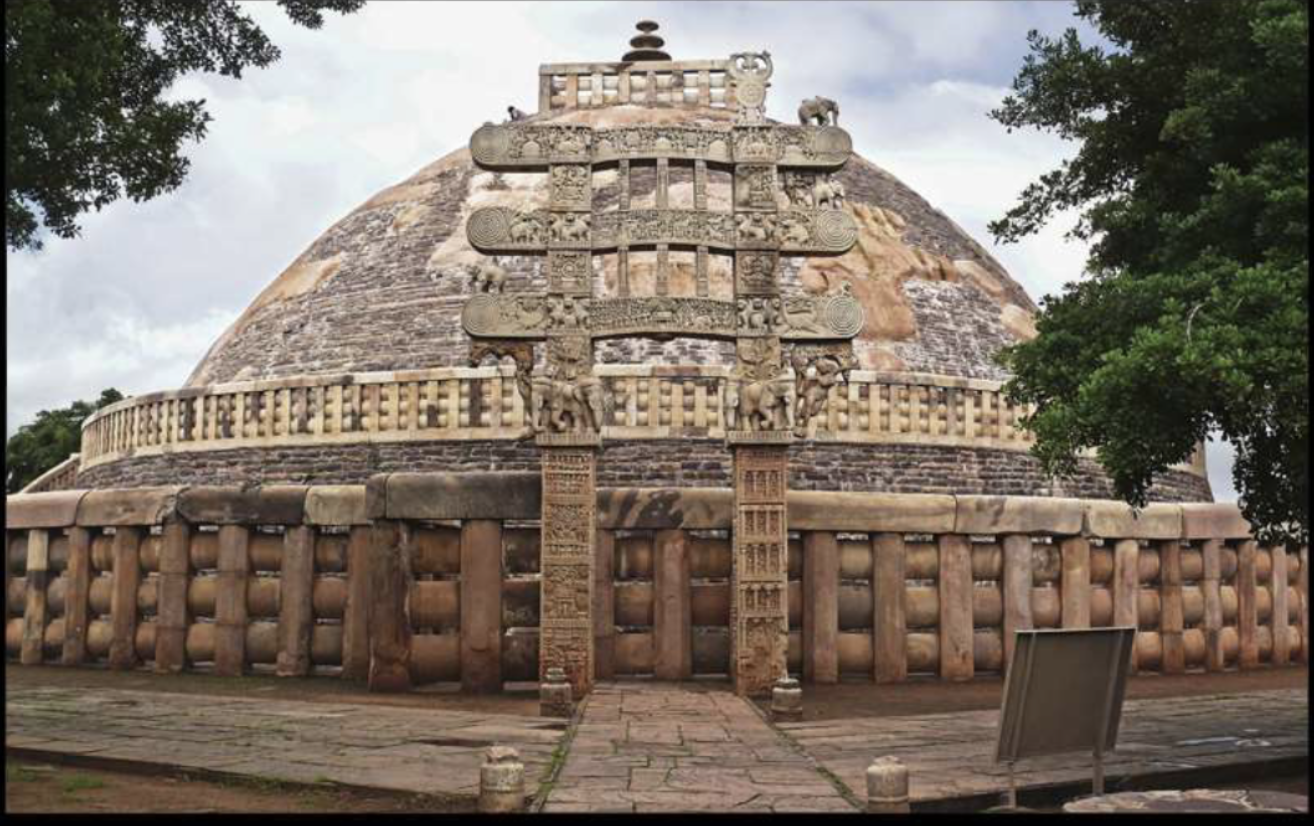
Stupa 1, Sanchi, Madhya Pradesh, 250 BCE
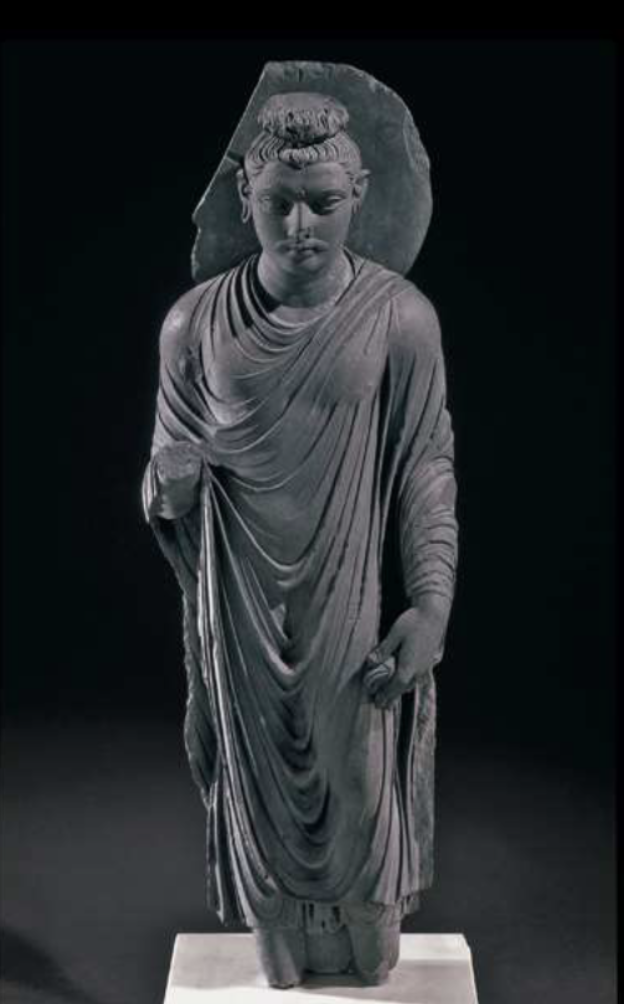
Standing Figure of Buddha, 2nd-3rd century CE, Schist.
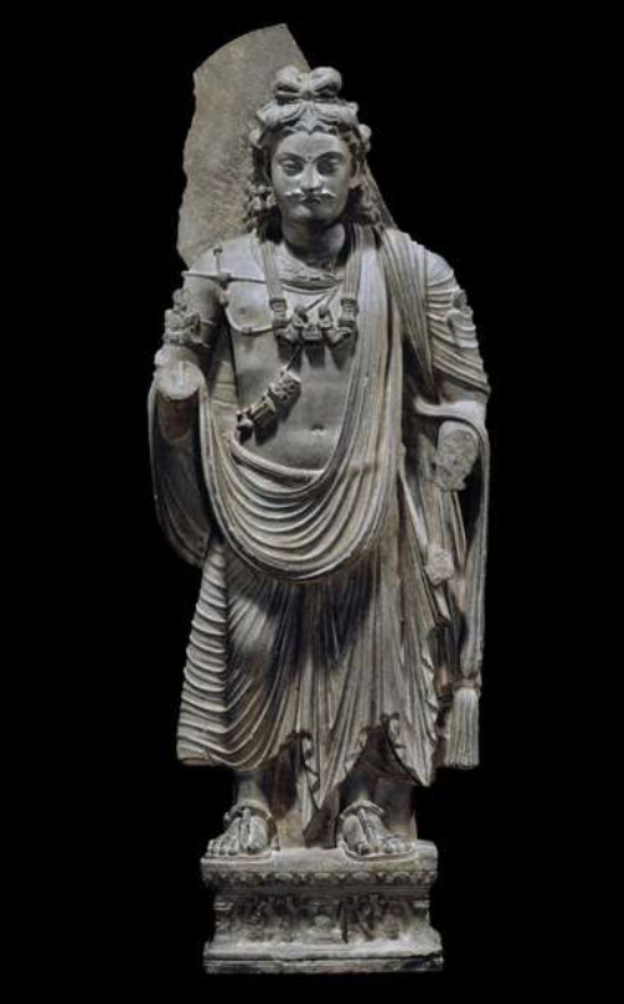
Bodhisattva Maitreya, Kushan Period, 3rd century CE, Schist
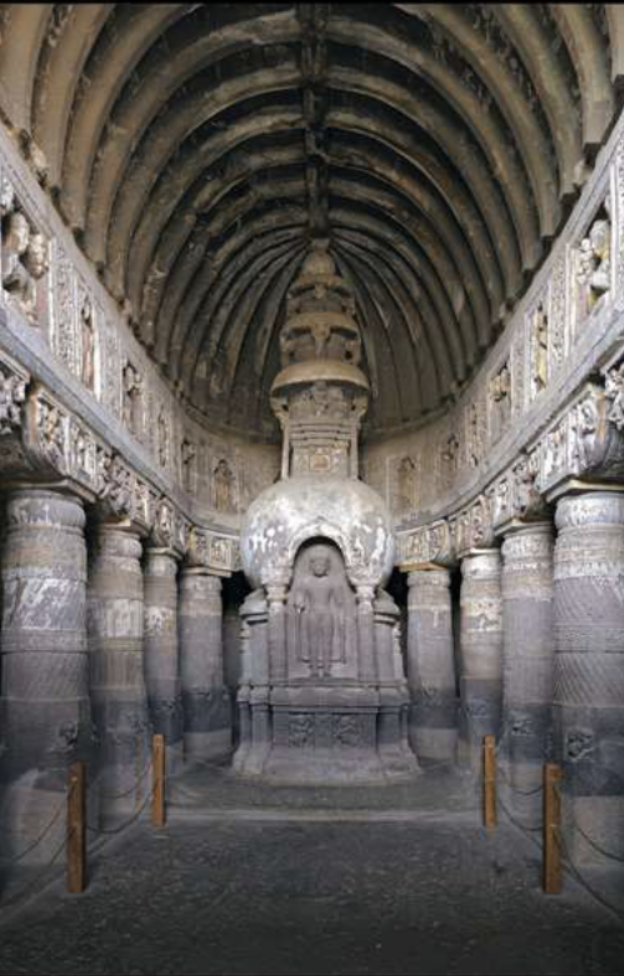
Chaitya, Cave 19 Ajanta, 462-500 CE
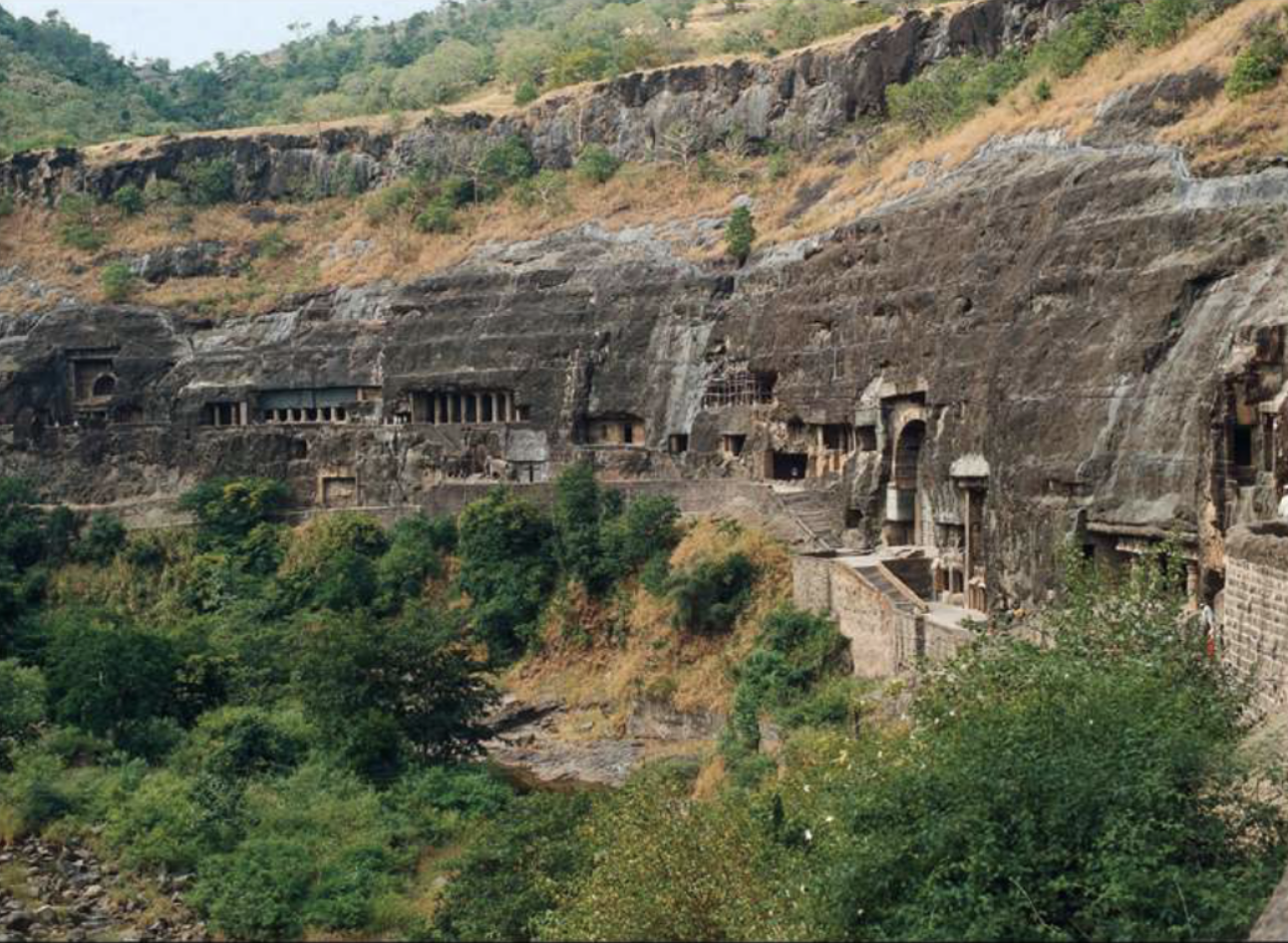
Ajanta, 2nd-1st century BCE
artifacts / patron
man-made object // Someone who commissions, funds or sponsors a work of art
pottery / terra cotta / steatite
vessels or object made out of clay, ceramics // unglazed pottery // soapstone, talc/schist rock that is relatively soft and can be easily shaped/molded.
inlay
to set pieces of a material or materials into a surface to form a design
votive offering
offering left as a ritual gift in a sacred place
inlay
stupa / chaitya / vihara
Buddhist architecture dome-shaped structure erected as a shrine containing sacred relics // Buddhist temple with a hall with a rounded end, housing a stupa or shrine // Buddhist monastery, signifies monks cells and gathering places within monastery.
anionic / iconography
refers to the absence of a direct graphic representation of a deity, here in early Buddhist art // identifying and studying the subject matter and conventional symbols of works of art
mudra
symbolic hand gesture in Buddhist art that denotes certain behaviors, actions, feelings
contrapposto
figure sanding with most of its weight on one foot so that it sways gently sideways at hips
anthropomorphic
a god, animal or object with human characteristics or behavior
medium
the material from which a work of art is made.
material culture
objects suggestive of the culture of a particular group.